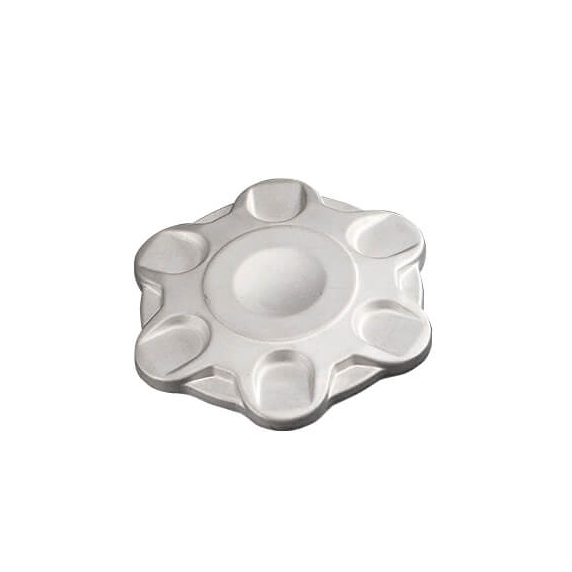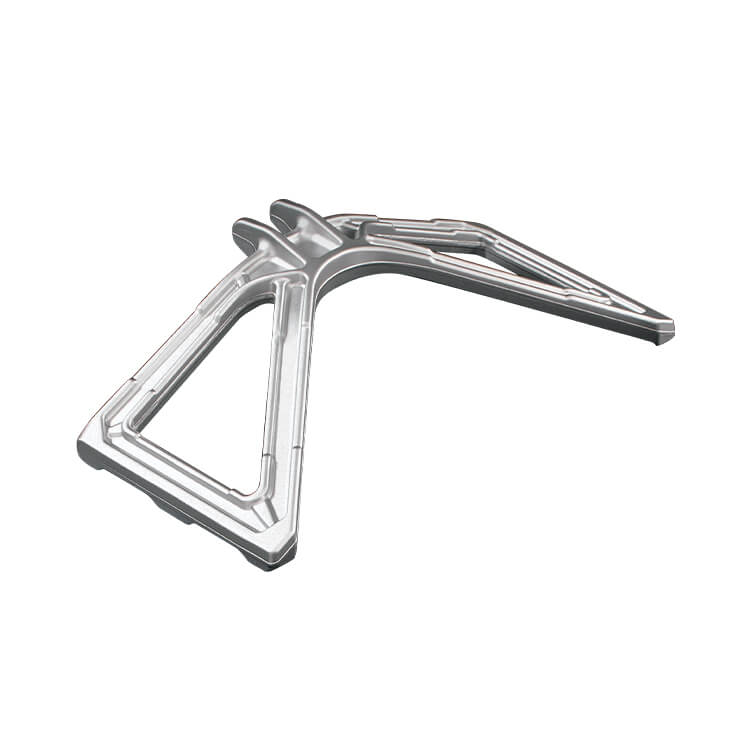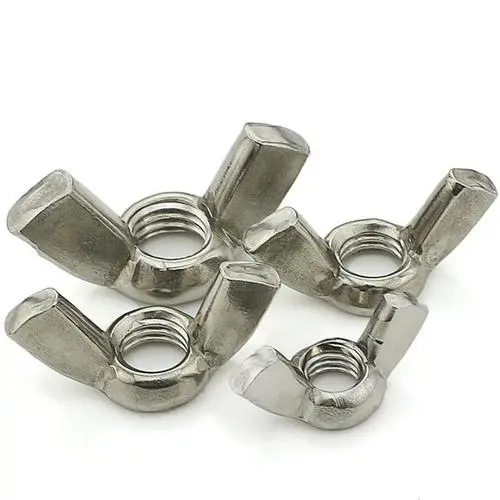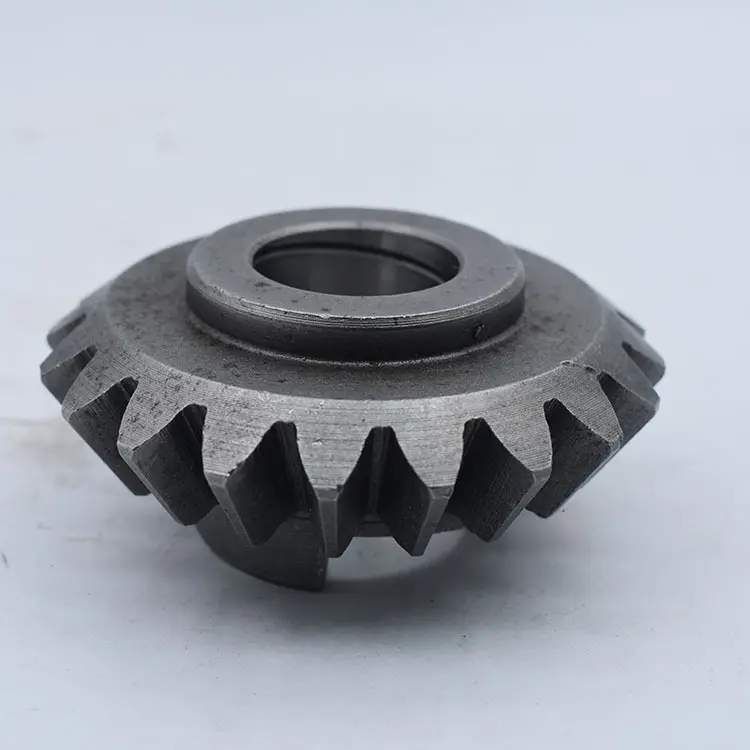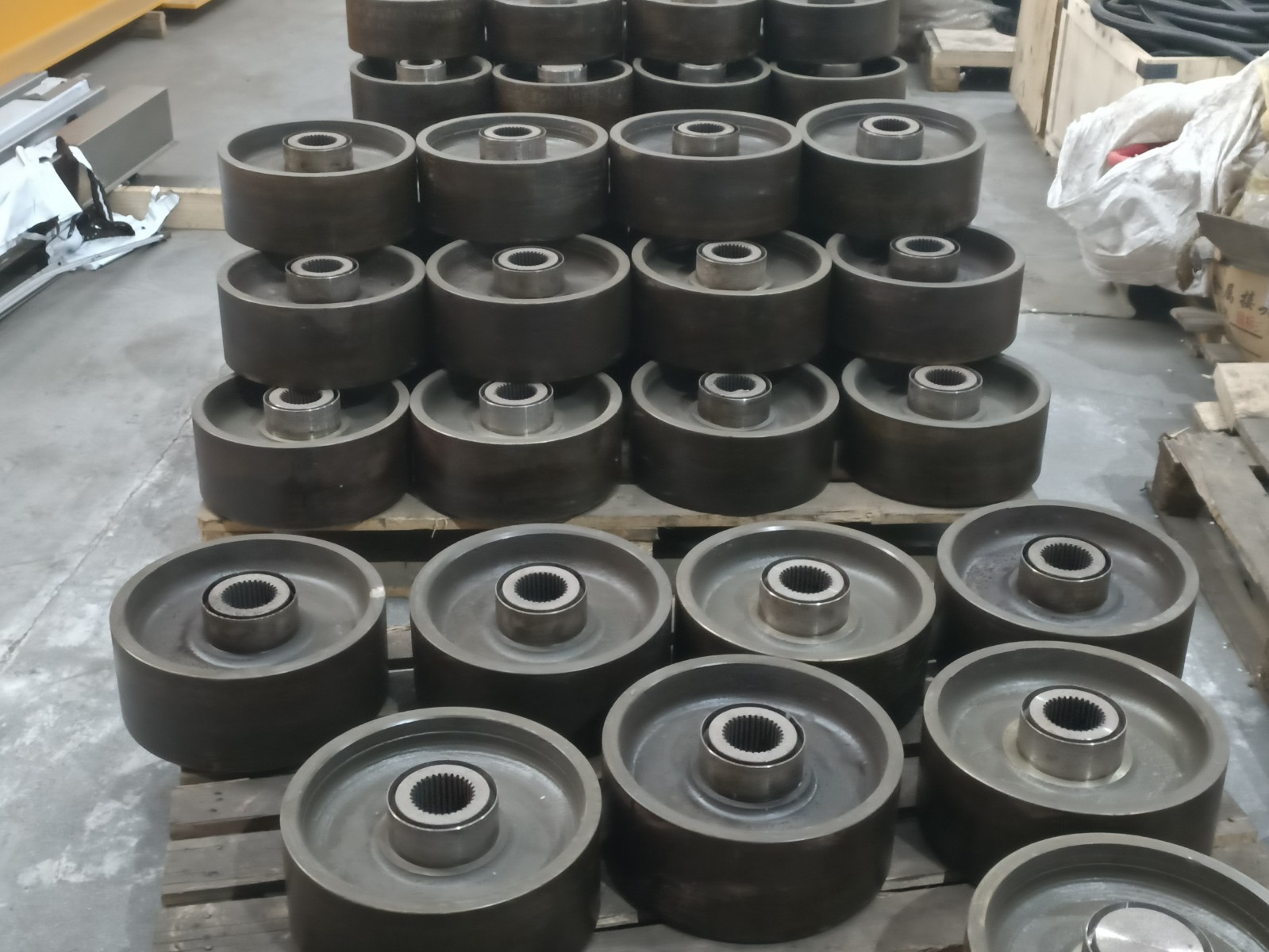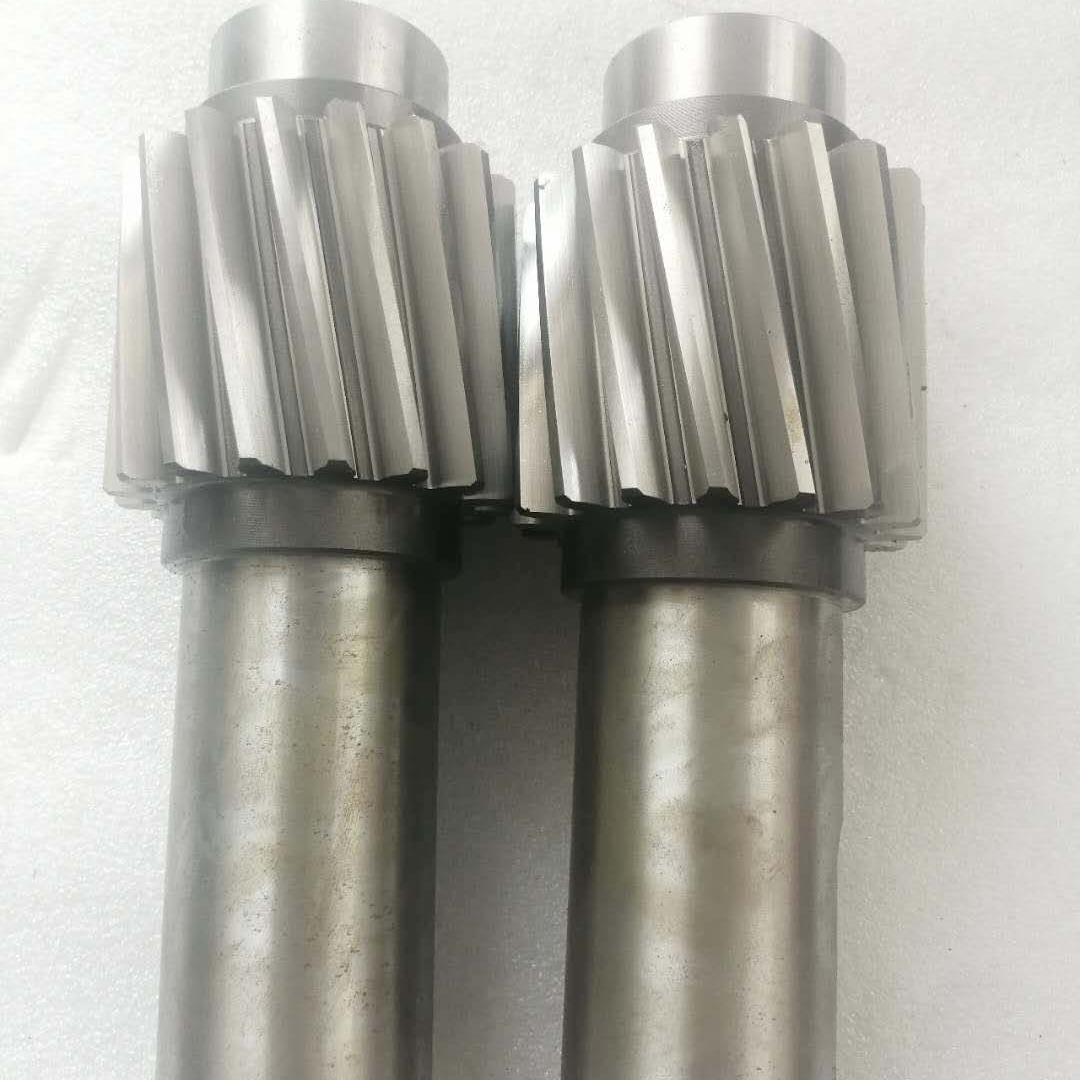Forging Processing of Hardware Tools and Fasteners
Hardware tool forgings refer to various forged parts used in hardware tools to undertake specific functions and work requirements. Different types of hardware tool forgings have the characteristics of high strength, wear resistance, corrosion resistance and high precision requirements. Through the forging process, the mechanical properties and durability of forgings can be improved to ensure that they can withstand high loads and harsh working conditions during use.
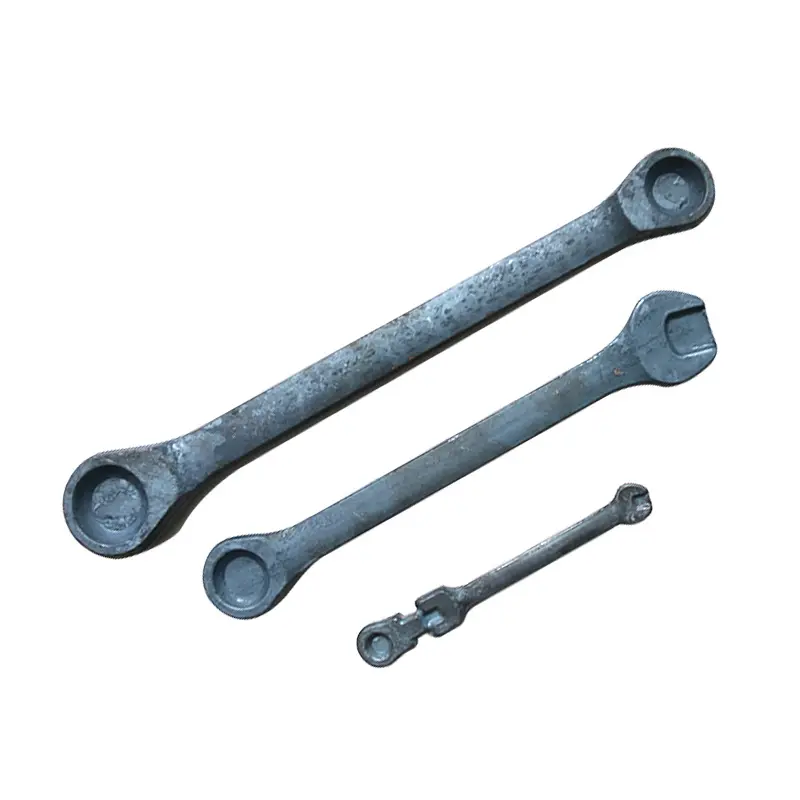
Common hardware tool forgings and their characteristics
● Hammer forgings: forged from high carbon steel or alloy steel. It is high-strength, impact-resistant and wear-resistant, and is suitable for work such as knocking, blowing and hammering.
● File forgings: forged from high carbon steel or alloy steel. It has the characteristics of high hardness, wear resistance and corrosion resistance, and is suitable for machining metal surfaces, deburring and dressing workpieces.
● Wrench forgings: forged from alloy steel. It has the characteristics of high strength, wear resistance and corrosion resistance, and is suitable for tightening and loosening bolts, nuts and other work.
● Scissors Forgings: Forged from high carbon steel or stainless steel. It has the characteristics of high hardness, wear resistance and corrosion resistance, and is suitable for cutting various materials, cloth and wire.
● Forged tweezers: Forged from stainless steel. It has the characteristics of high hardness, corrosion resistance and high precision, and is suitable for clamping small objects, performing fine operations and medical operations, etc.
Fastener forgings refer to forged products used to connect, fix and fasten parts, such as bolts, nuts, screws, studs, etc. These forgings are usually forged from materials such as carbon steel, alloy steel or stainless steel.
Main features of fastener forgings
● Needed to withstand high tensile and shear forces, it has high strength and durability.
● It has good corrosion resistance to ensure its long-term use in humid and corrosive environments.
● It has high dimensional and shape accuracy to ensure that it can fit perfectly with other parts.
● Reliability is critical to the stability and safety of the joint, so it needs to have good reliability and maintainability.
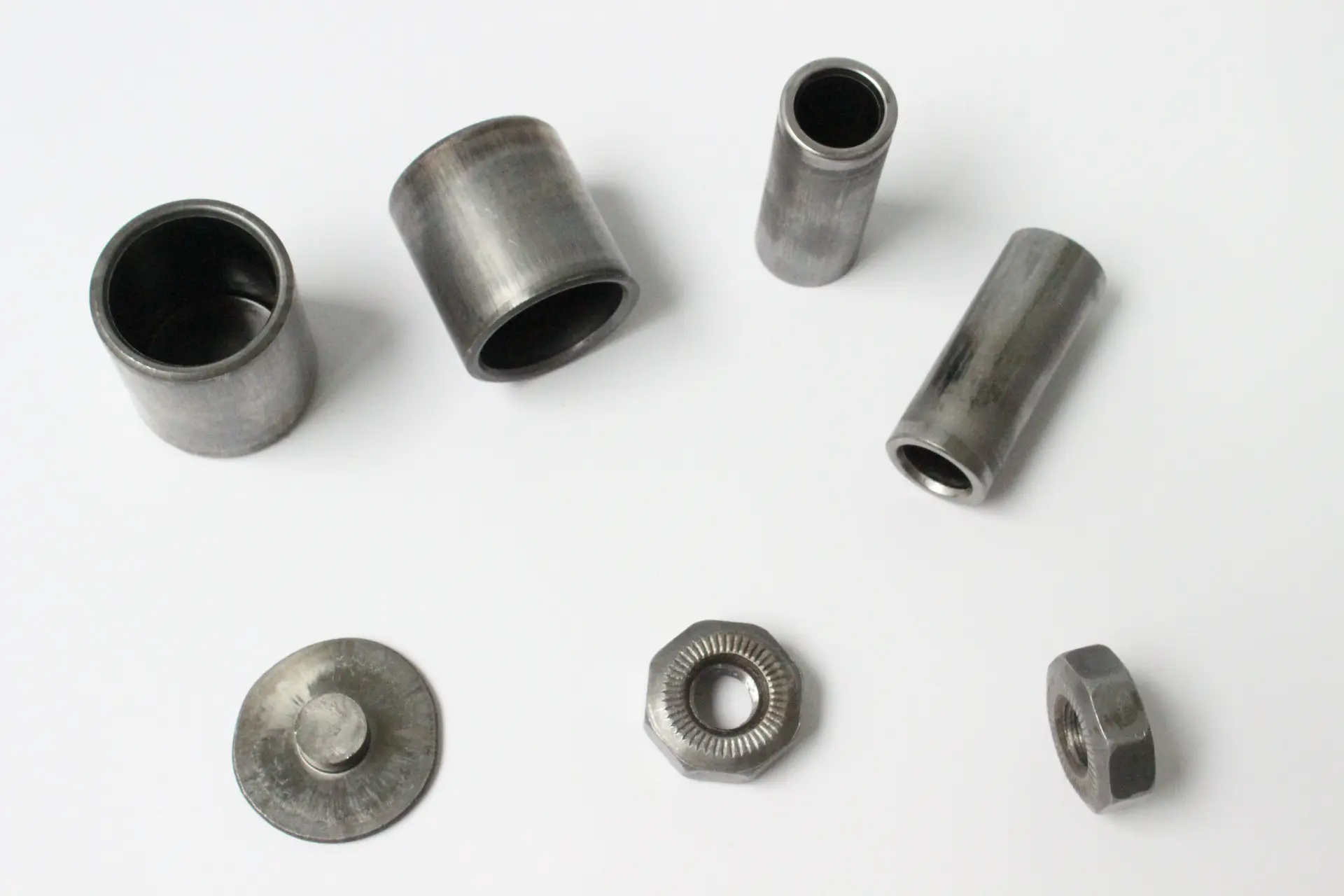
Common Forging Methods
● Cold Forging: The plastic deformation of a metallic material into a forging by applying pressure at room temperature. Cold forging can increase the strength and hardness of forgings.
● Hot Forging: Plastically deforming a metal material into a forging by applying pressure at high temperature. Hot forging can make the internal structure of the forging more compact and improve its mechanical properties.
● Warm forging: Forging in the temperature range between cold forging and hot forging can combine the advantages of cold forging and hot forging.
Through proper forging process and material selection, it can ensure that fastener forgings have the characteristics of high strength, corrosion resistance and high precision requirements, so as to meet various engineering and application requirements.






